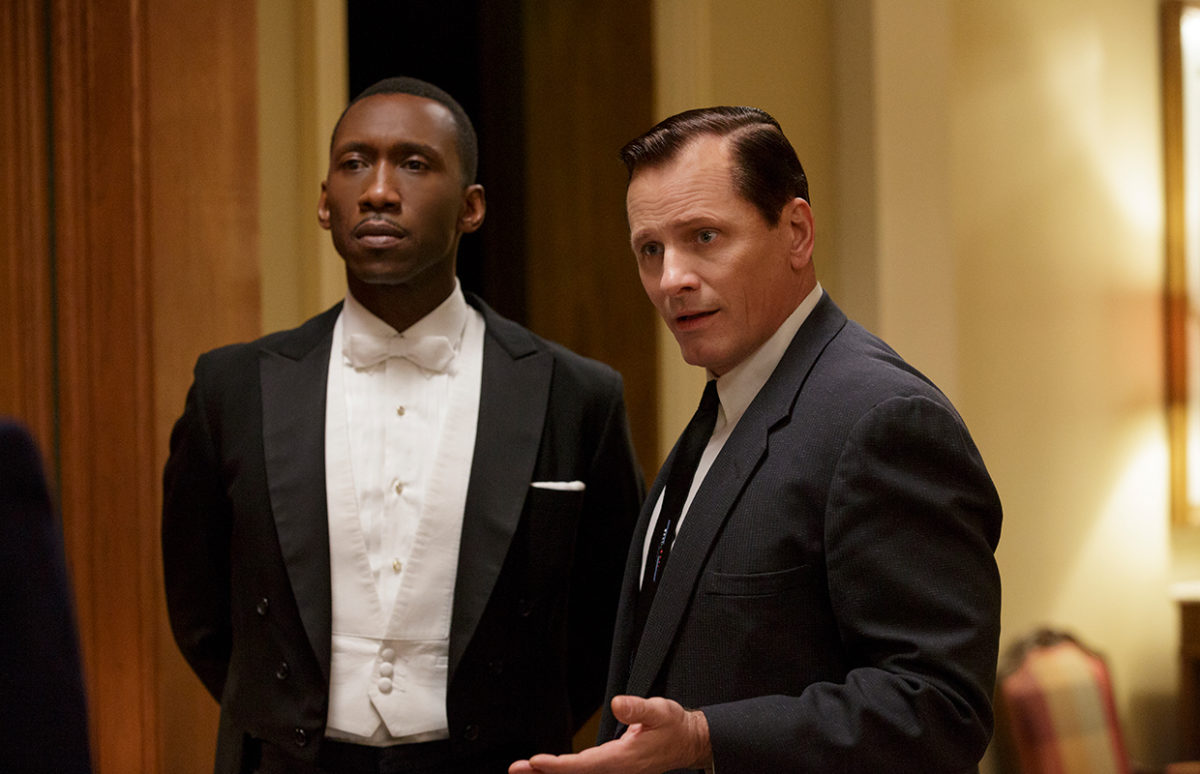Green Book — winner of the 2019 Best Picture Oscar —is a road movie about friendship and race relations in the 1960s American South. The film takes its title from a guide book published for almost thirty years from 1936: The Negro Motorist Green Book. These online resources will help you explore the real Green Book.
It was compiled by a New-York-City mailman with the wonderful name Victor Hugo Green. He originally focussed on his home town, Harlem, but was encouraged to expand to provide black travelers with essential information about where they could, and couldn’t get served gasoline, food, or get a room for the night across the Southern states. The strapline across the cover was the slightly ominous, “Carry your "Green Book" with you. You may need it.”
Brent Leggs, the director of the African American Cultural Heritage Action Fund, describes The Green Book as a "sort of a 20th Century version of the Underground Railroad, and this annual travel guide was the Bible of black travel." You can find out more with this short NPR program. It's really clear and usable from B1.
The first 1’30" is a good introduction and an opportunity to study some oral history, as it has a first-person account of what it was like traveling in the 1960s and relying on the Green Book. The sound quality of Antonio Reliford’s testimony is less good than the commentary — it’s a phone call — but it’s short and there’s plenty of context.
Or you could start with the introduction (0-0’26) and then jump to 1’29-2’47, which gives the history of the Green Book.
Like all NPR programs, you can download the audio and the transcript.
Real History
The New York Public Libraries Digital Collection has a 1948 copy of the guide you can consult online. The introduction would be perfect for students from B1. It begins, “It has been our idea to give the Negro traveler information that will keep him from running into difficulties, embarrassments and make his trips more enjoyable.” And concludes, “There will be a day sometime in the near future when this guide will not have to be published. That is when we as a race will have equal opportunities and privileges in the United States.” That prediction came true. Publication ceased two years after the 1964 Civil Rights Act. Unfortunately Mr Green didn’t live to see it.
This article could be used in conjunction with Shine Bright 2e File 19 "Breaking the Chains" or Shine Bright 1re File 8 "African-American Art".
Copyright(s) :
Metropolitan Film Export
Tag(s) : "biography" "biopic" "books" "civil rights" "film" "oral history" "Oscars" "radio" "road movie" "Segregation" "Shine bright 1e" "Shine bright 2e" "U.S. history" "Underground Railroad"





